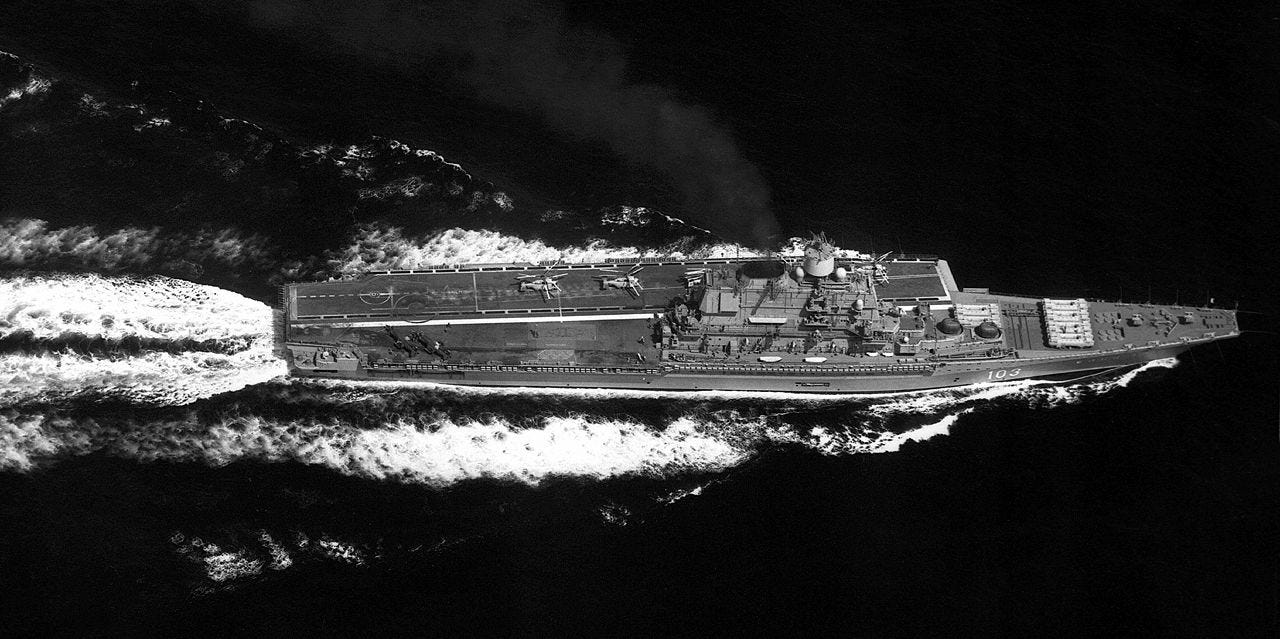Michael R Gordon,NYT News Service
Sep 15, 2014
PARIS: Several Arab countries have offered to carry out airstrikes against militants from the Islamic State in Iraq and Syria, senior US state department officials said on Sunday.
The offer was disclosed by American officials traveling with US secretary of state John Kerry, who is approaching the end of a weeklong trip that was intended to mobilize international support for the campaign against ISIS.
"There have been offers both to Centcom and to the Iraqis of Arab countries taking more aggressive kinetic action," said one of the officials, who used the acronym for the United States Central Command, which oversees military operations in the Middle East.
Kerry, who is in Paris to attend an international conference the French are hosting on Monday on providing aid to the new Iraqi government, has already visited Baghdad; Amman, Jordan; Jidda, Saudi Arabia; Ankara, Turkey; and Cairo.
During Kerry's stop in Jidda on Thursday, 10 Arab countries joined the United States in issuing a communique that endorsed efforts to confront and ultimately "destroy" ISIS, including military action to which nations would contribute "as appropriate."
American officials said that the communique should be interpreted as meaning that some, but not all, of the 10 Arab countries would play a role in the military effort.
The United States has a broad definition of what it would mean to contribute to the military campaign.
"Providing arms could be contributing to the military campaign," said a second State Department official. "Any sort of training activity would be contributing to the military campaign."
Still, while the United States would clearly have the dominant role in an air campaign to roll back ISIS's gains in Iraq, it is clear that other nations may also participate.
President Francois Hollande of France told Iraqi officials that his country would be willing to carry out airstrikes against ISIS in Iraq, senior Iraqi officials said.
"We need aerial support from our allies," Prime Minister Haider al-Abadi of Iraq said during a joint news conference with Hollande on Friday. "The French president promised me today that France will participate in this effort, hitting the positions of the terrorists in Iraq."
Prime Minister Tony Abbott of Australia has also said that his country will join the air campaign and is sending as many as eight FA-18 attack planes, as well as an early warning aircraft and a refueling plane.



 Soviet helicopter carrier Baku, pre-makeover. Note missile armament, guns. Photo via Wikipedia
Soviet helicopter carrier Baku, pre-makeover. Note missile armament, guns. Photo via Wikipedia







